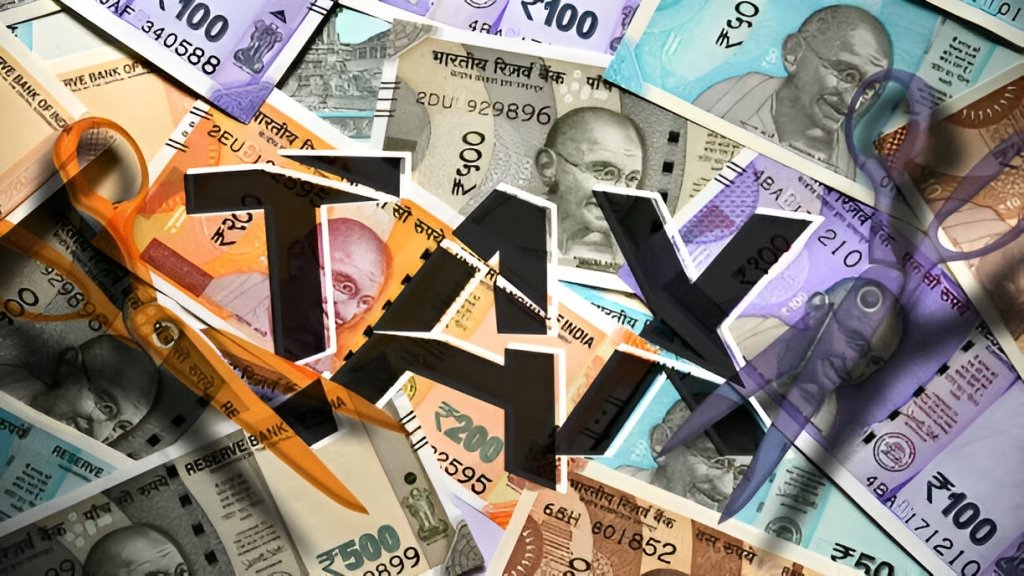GST 2.0 laptop prices be cheaper?
The Government of India has announced the much-anticipated GST 2.0 reforms, which will take effect from September 22, 2025. These sweeping changes are expected to simplify tax structures, boost consumer confidence, and reduce prices across multiple product categories.
A burning question for technology enthusiasts and students alike is: Will GST 2.0 laptop prices get cheaper? With the global demand for laptops rising due to hybrid work, online education, and gaming, any tax relief could make laptops more accessible to millions of Indians.
In this article, we dive into the details of GST 2.0, analyse its effect on laptops, and uncover how consumers can maximise benefits.
Read more, Income Tax Filing Last Date 2024: ITR Deadlines & Penalties
What is GST 2.0?
GST 2.0 is the second major overhaul of India’s Goods and Services Tax regime. The objective is simple yet powerful — reduce tax complexities and bring more transparency to the system.
Key Highlights of GST 2.0:
- Reduction of multiple tax slabs into simplified categories — mainly 5% and 18%.
- Moving high-tax products (earlier taxed at 28%) into the 18% slab.
- Providing relief to middle-class households, especially during the festive season.
- Boosting demand for consumer electronics and home appliances.
This reform is positioned as consumer-friendly and business-positive, aiming to balance revenue needs with affordability.
Read more, Industry reports on GST reform
Current GST Rate on Laptops
At present, laptops in India are taxed at 18% GST. Under GST 2.0, this slab remains unchanged. Unlike televisions, air conditioners, or refrigerators (which will now enjoy a tax cut from 28% to 18%), laptops do not see a direct GST reduction.
However, this does not mean that laptop prices will remain stagnant. There are several indirect factors at play that may still make laptops more affordable.
How GST 2.0 Could Indirectly Lower Laptop Prices
1. Reduced Input Costs Through Supply Chain Benefits
Even though laptops remain in the 18% category, many electronic components, accessories, and supporting devices may now be taxed at lower rates. Manufacturers can leverage input tax credits (ITC) more efficiently, potentially lowering overall production costs.
2. Retail Discounts and Competitive Pricing
Retailers and e-commerce platforms like Flipkart and Amazon India are likely to use GST 2.0 as a marketing driver, offering “GST-benefit discounts.” Even without an actual tax reduction, this promotional strategy could lead to price cuts and attractive deals for consumers.
3. Festive Season Alignment
The timing of GST 2.0 coincides with India’s Diwali and festive shopping season. This creates a perfect opportunity for laptop brands and sellers to push sales, resulting in bundled offers, EMI schemes, and cashback deals that make laptops effectively cheaper.
4. Consumer Perception and Market Sentiment
Positive consumer sentiment often triggers competitive pricing. With the narrative around “GST 2.0 laptop prices get cheaper?” dominating the market, brands may introduce budget-friendly laptop models to attract first-time buyers.
Expert Opinions on GST 2.0 laptop prices?
Industry experts have mixed views:
- Retail analysts suggest laptops may not see direct price cuts but will benefit from increased competition and discount-driven marketing.
- Tech economists argue that GST 2.0 could reduce overall business costs, which in turn might allow laptop manufacturers to pass small savings to customers.
- Consumer groups believe that while laptops may not get cheaper overnight, buyers can expect better deals post-September 22.
What Consumers Should Expect
| Factor | Impact on Laptop Prices |
|---|---|
| Direct GST rate cut | ❌ No impact (remains at 18%) |
| Input tax credits | ✅ Possible indirect savings |
| Retail promotions | ✅ Discounts, EMI, cashback offers |
| Seasonal demand | ✅ Festive sales may reduce effective prices |
| Import duties & dollar rates | ❌ Independent of GST |
Conclusion
While GST 2.0 is set to revolutionize India’s tax system by making electronics and appliances more affordable, laptops remain taxed at 18%. This means there is no direct reduction in their prices.
However, consumers can still benefit through indirect savings, retail promotions, and festive offers. For students, professionals, and gamers planning to buy laptops, the post-GST 2.0 season could be an excellent time to hunt for deals.
In essence, GST 2.0 laptop prices have not changed. GST 2.0 brings hope, positivity, and new opportunities for Indian buyers, even if laptops themselves don’t receive a direct tax cut.

